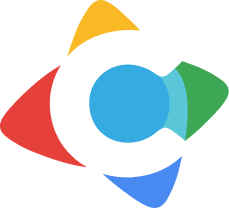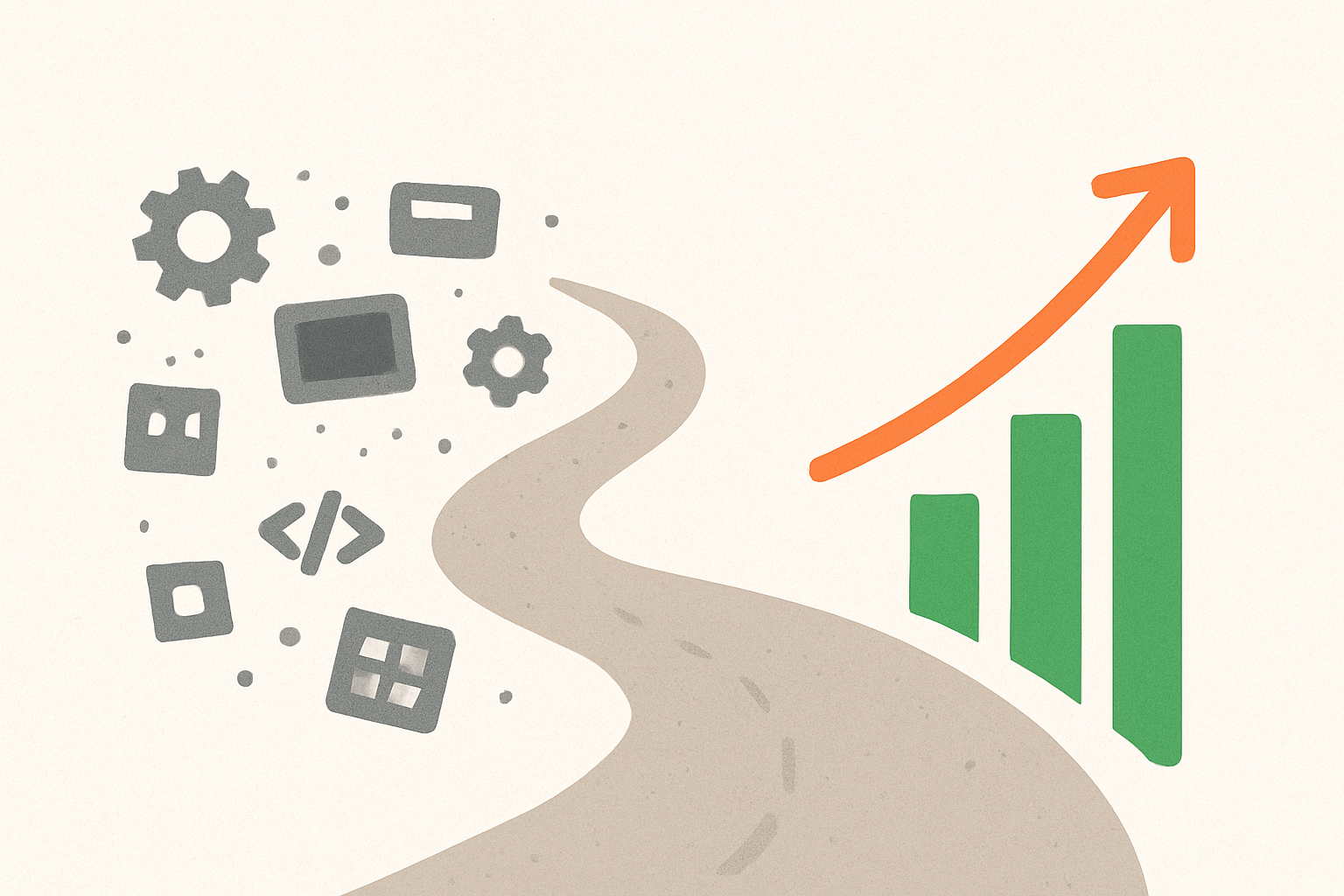Communicating through design: from confusion to conversion
In the world of digital products -SaaS platforms, web and mobile applications, websites- design goes far beyond aesthetics. It becomes the strategic communication tool that not only showcases and validates ideas while aligning teams, but also serves as the critical translator between complex functionality and intuitive user experience.
We’ve all seen it happen: features make perfect sense on paper, but something gets lost when users actually interact with the product. This is precisely where thoughtful design makes all the difference.
Building bridges between teams, clients and users
In digital product creation, the design area participates from discovery, sometimes in parallel with requirements definition, to understand client needs. During this process, we investigate the project’s industry, analyze current trends, and research the market until presenting the first ideas.
From these initial proposals, prototypes are shared with the client to validate and adjust ideas through continuous feedback cycles.
But here a known challenge arises: that set of screens must be translated into code, and for this, teams need to align on the design decisions that were made. How can we ensure that developers, QA and the rest of the team share the same vision about the experience we want to create?
Prototypes become that communication tool that allows us to explain not only how something looks, but why it works that way: helping users find what they’re looking for, facilitating task completion, providing an interface that truly works for their business objectives.
This communication generates multiple benefits for any organization:
More productive debates about how to optimize development effort by adjusting the design proposal, instead of discovering problems when it’s already in code.
Error prevention by clearly communicating the tasks the user must perform and explaining the flows. This helps contemplate scenarios that could be overlooked and error situations that would generate unnecessary support.
More informed decisions because interdisciplinary work facilitates evaluating proposals from multiple perspectives: technical, business and user.
The hidden cost of skipping strategic design
The design process allows us to validate the proposal to “fail fast and cheap,” avoiding later rework. For any team, this doesn’t just mean saving resources: it becomes a habit that reduces technical debt. By focusing on a consistent and coherent user experience, we reduce the number of errors and unforeseen situations, as well as inconsistencies that create friction in the user experience.
When teams rush past this crucial phase, hoping to accelerate time-to-market, they inevitably face:
- Users who don’t understand how to use the product
- Multiple rounds of adjustments after launch
- Internal teams confused about how each functionality should work
- Inconsistencies that hinder the user experience
Why good design goes unnoticed (and that’s the point)
A good user experience encompasses all aspects of interaction with the product. Good design is one that goes unnoticed by the user, but is strategic for the business.
This involves working on different layers:
- Information architecture: so users find what they’re looking for
- Visual design: that communicates the brand’s values and personality
- UX writing: so messages are clear and guide toward important actions
Consistency and coherence are maintained through clear messages, components that follow the same visual and functional logic within a design system, unified terminologies, and a visual hierarchy that truly works.
This not only improves the experience for the end user, but also enhances communication with teams that aren’t in the design area. Ambiguity is reduced when passing deliverables to developers and QA, misunderstandings are minimized and processes are optimized.
Where strategy meets execution: real results
At Gappex, we developed from scratch an ecosystem of medical applications to facilitate medical information management and appointment scheduling for patients, as well as to optimize internal operations for medical professionals. View project
We partnered with BetterVet to design and develop a seamless veterinary care platform, enabling easy scheduling of virtual and in-home visits, managing pet medical records, and streamlining payment and operations for a better pet healthcare experience. View site
The bottom line: design as business strategy
Digital product design encompasses multiple aspects and transcends the simple visual deliverable. It’s a form of internal and external communication that allows us to validate and test a product to make necessary adjustments before launch.
For organizations ready to create successful digital products, design isn’t an afterthought -it’s
the foundation that determines whether your product will achieve its business objectives. Every day a product fails to communicate its value clearly represents a missed opportunity to connect with potential customers.
At Creative Coefficient, we guide companies through this entire journey: from strategic design thinking to complete digital product development, ensuring every decision aligns with your business goals.
This way, we not only optimize resources and processes, but also maintain focus on creating a valuable experience for the end user and measurable results for the business.





